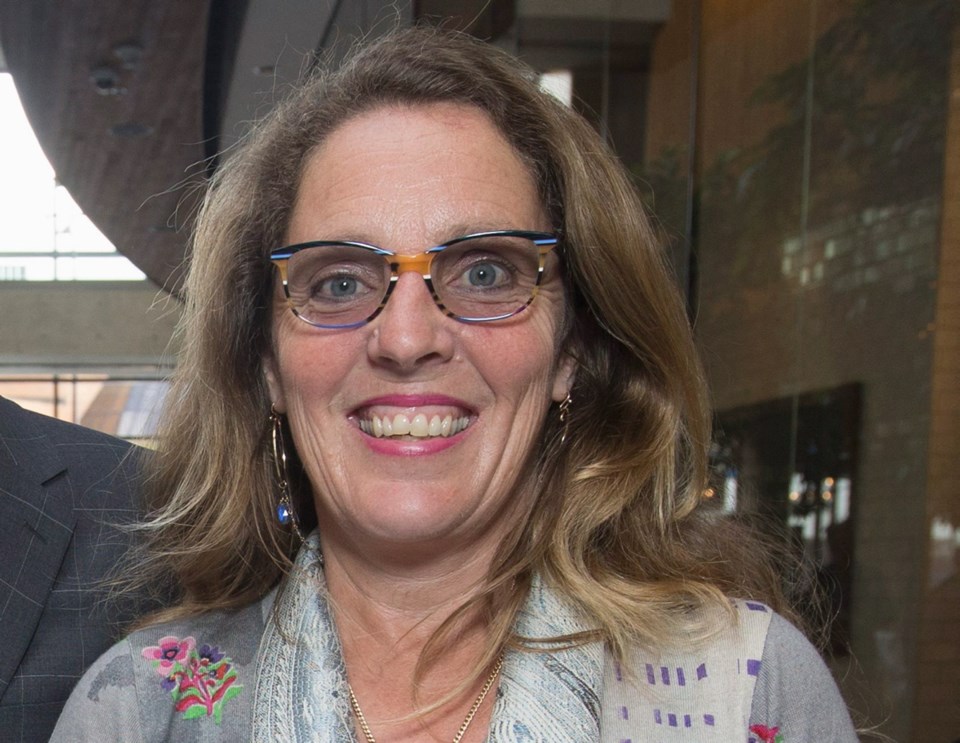Re: “Amalgamation study must focus on details,” editorial, Oct. 26.
The editorial raises a few ambiguities about the intent and outcome of the Oct. 20 municipal plebiscite and requires clarification.
First, we obviously agree with the editorial’s acknowledgment of the results of the municipal ballot question and the fact that a majority of voters saw the need for a citizens’ assembly-led study regarding the governance of Victoria and Saanich, and that the newly elected councils of the two municipalities must take steps to implement such a process.
The editorial confirms a common public misunderstanding that somehow a Yes vote is forcing us into amalgamation. This is absolutely not true. A Yes vote only supports funding a consultative process to produce a report of the possible costs, benefits, opportunities and options for better governance.
It must be understood that amalgamation is a legal term signifying the process in which a provincially supervised referendum to merge two or more existing municipalities is supported by the residents of each. This process results in one council with one municipal administrative staff and one service organization. In some cases, representatives of the newly unified council could be elected on a ward basis, but that would be subject to a separate review.
The formulation of a citizens’ assembly and its subsequent deliberations have nothing to do with this process. Rather, it is a consultative and deliberative process whereby elected officials task a group of randomly selected (18 to 48) independent citizens at large, to undertake a study to review a matter of significant civic importance. The funding for the study would provide for a contract with a facilitator to lead a process of a systematic review by the assembly to study and assess matters of common interest to residents of our two largest municipalities.
Independent research would provide the assembly, and ultimately the two councils and all the residents, with a wide range of information about the common interest in the economic, social and political life of our community. This will include taxation, capital infrastructure, current and long-term debt, sources of revenue, patterns of employment and development and housing, as well as the cost of delivery of our current municipal services.
The advantage is that this evaluation of current circumstances and future prospects is not being undertaken by current political officials but by citizens. The process is often referred to a “citizens’ reference panel.” A major article in Wikipedia provides details of the membership selection process, advantage and concerns and provides several examples of the assembly processes as used in several countries.
In particular, the assembly would likely address two topics of concern often raised by residents and in the editorial: How would my taxes be affected? Are we being asked to pay for debts incurred by other municipalities? Other topics might also include a review of the municipal workforce and implications of merging. Another consideration would be the costs and benefits of tourism to our local economy and their need for services funded by local government. These and many others are some of the questions that an assembly would be asked to consider in a factual and dispassionate manner.
Concurrently with data collection, the assembly would hold public meetings with the representatives of municipal administration, emergency services and a wide range of economic and social advocacy groups, including community associations. In doing so, members of the assembly would, as local residents, carefully represent and reflect values of what makes our city a wonderful place to live and our hopes for its future.
The assembly would then consider all the information it has received and instruct the facilitator to compile a final public report to outline benefits, costs, concerns and options for possible reform of our current model of local governance. Yes, the assembly could recommend that amalgamation might be a suitable approach to municipal reform, but that is just one possibility.
In the case that it does, it could be accepted by the two councils, which would then request approval by the province to place a question before the resident voters of both municipalities. Only then would a referendum vote by residents at large (not by the assembly) decide whether amalgamation might take place.
James D. Anderson is Saanich resident and longstanding member of Amalgamation Yes. Shellie Gudgeon is a Victoria resident and current board chairwoman of Amalgamation Yes.



